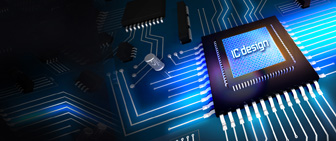Taiwan Power Company (Taipower) is drafting a new set of guidelines aimed at safeguarding grid stability as electricity demand from AI data centers accelerates.
Corporate demand for green electricity is accelerating as Taiwan prepares to implement carbon fees in 2026 and as the European Union's Carbon Border Adjustment Mechanism (CBAM) reshapes export requirements. Data from Taiwan Power Company (Taipower) show that direct supply of green power has risen sharply in recent years, a trend the utility expects to continue as net-zero pressures intensify across supply chains.

